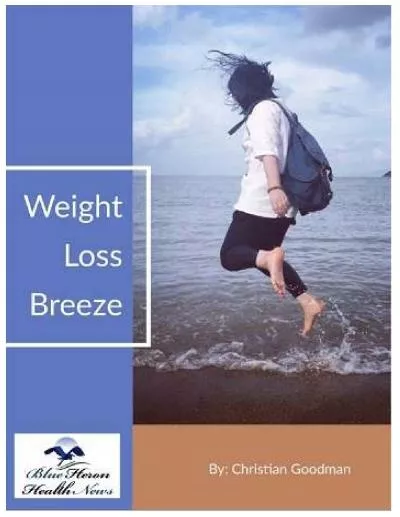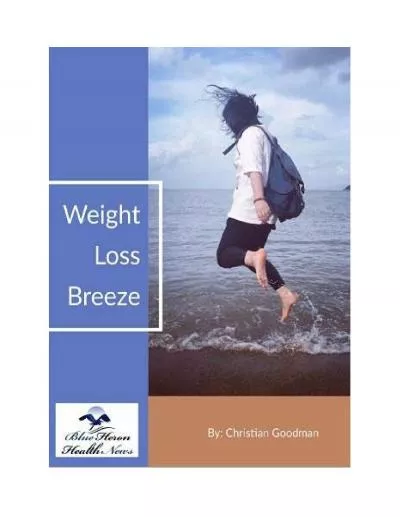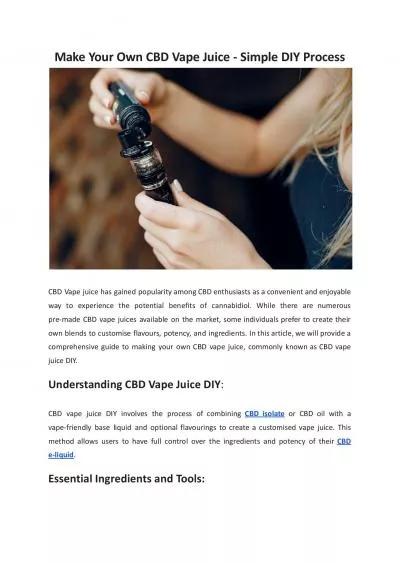PPT-Orange juice in association to low-caloric diet contributes to weight-loss and glucose
Author : aaron | Published Date : 2019-10-31
Orange juice in association to lowcaloric diet contributes to weightloss and glucose metabolism Carolina Ribeiro Renata Benassi Grace Dourado Thais Cesar Laboratory
Presentation Embed Code
Download Presentation
Download Presentation The PPT/PDF document "Orange juice in association to low-calor..." is the property of its rightful owner. Permission is granted to download and print the materials on this website for personal, non-commercial use only, and to display it on your personal computer provided you do not modify the materials and that you retain all copyright notices contained in the materials. By downloading content from our website, you accept the terms of this agreement.
Orange juice in association to low-caloric diet contributes to weight-loss and glucose: Transcript
Download Rules Of Document
"Orange juice in association to low-caloric diet contributes to weight-loss and glucose"The content belongs to its owner. You may download and print it for personal use, without modification, and keep all copyright notices. By downloading, you agree to these terms.
Related Documents

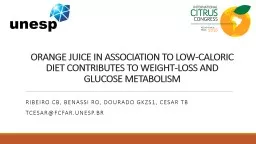
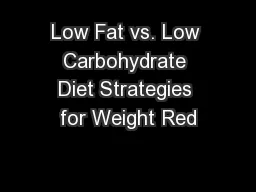

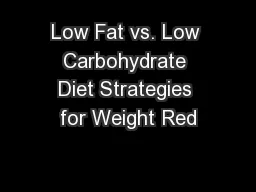
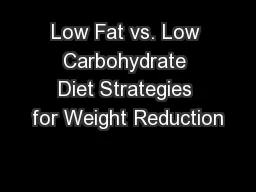
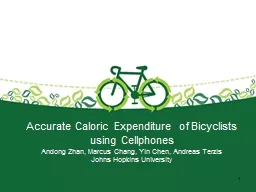
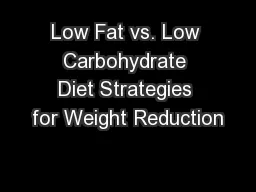
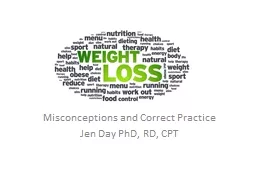
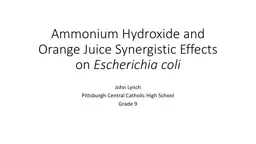
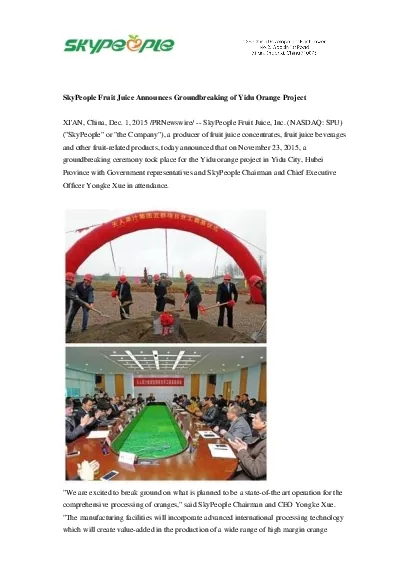
![[READ] Low Carb: Low Carb Weight Loss Secrets Box Set (Dash Diet, Slow Cooker Meals, Low](https://thumbs.docslides.com/881235/read-low-carb-low-carb-weight-loss-secrets-box-set-dash-diet-slow-cooker-meals-low-carb-cookbook-low-carb-recipes-low-car.jpg)
